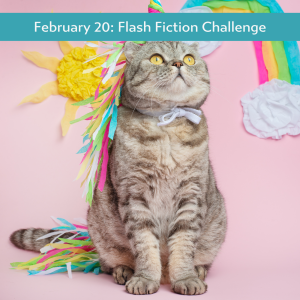As we step into March, here in the Southern Hemisphere, we are looking forward to some cooler weather and a reprieve from summer’s heat as autumn begins. In the Northern Hemisphere, many will be looking forward to springtime and warmer days.
Things to do in March
Regardless of your location, March is a good time for discussing the seasons and observing changes in the environment.
Records might include observations of changes in:
- plants (remember this is the International Year of Plant Health so add that to your discussions)
- animals
- the weather including temperature
- their own activities
- the clothing they wear
- the foods they eat
Records could be made using photographs, artworks (including drawing, painting, collage) and words.
The Classroom Daily Calendar can assist you record the weather and season for each day.
Clean up Australia Day
The first of March is Clean up Australia Day. The website provides useful information to assist each of us to be proactive in eliminating waste and reducing pollution. Each section in helping us to ‘Clean Up Our Waste’ explains the problem and suggests actions we can take. Whether large or small, every action makes a difference. Why not encourage your students to employ positive actions for the environment.
The website also lists ways individuals, schools and communities can become involved in cleaning up Australia on Sunday 1 March. (Clean Up Schools Day is today, 28 February.)
Continue reading: Special Days and Events for Classroom Celebrations — March – readilearn










